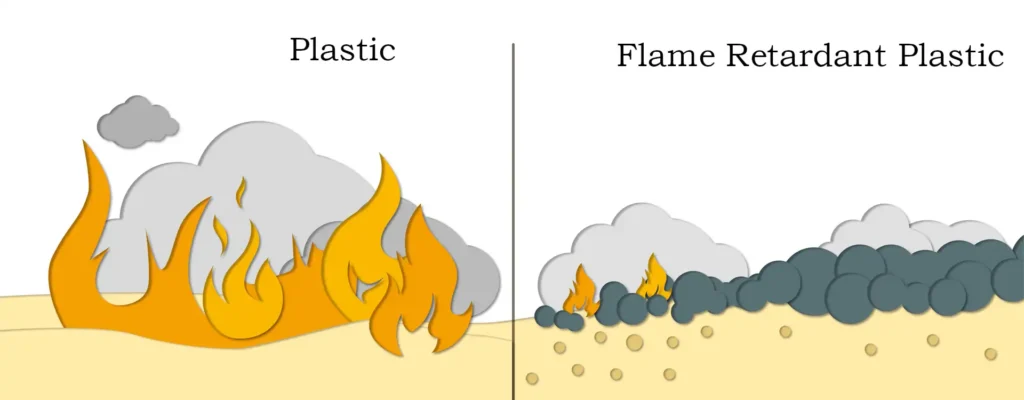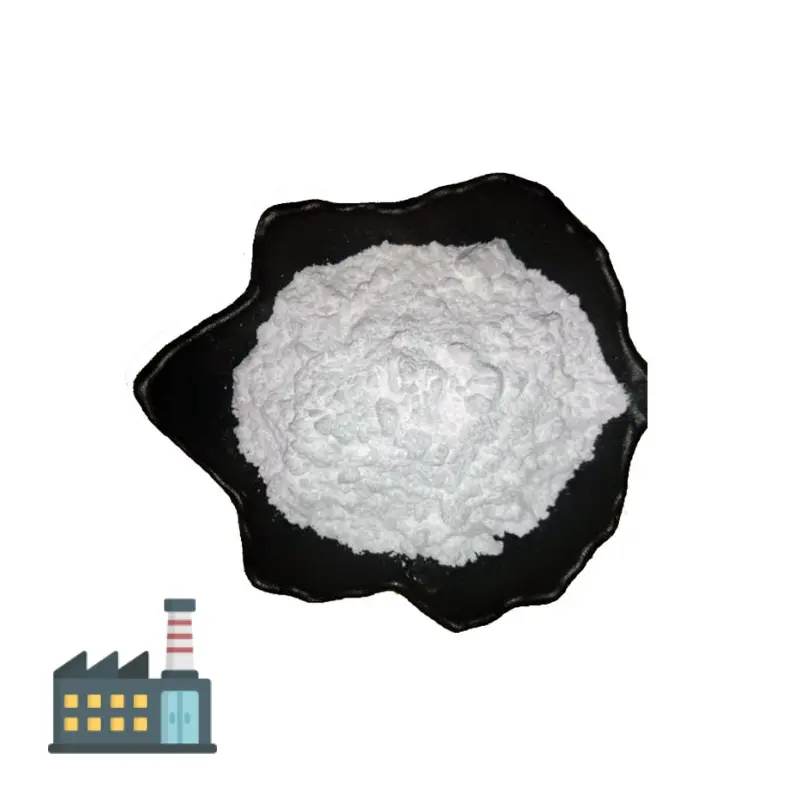Anhydrous magnesium carbonate exists in nature in the form of magnesite, and complete homogeneity can be formed between mgco3 and feco3, i.e., mg2+ and fe2+ in the crystal structure can be replaced with each other due to their similar properties, and their crystalline physical properties show a trend of linear change with the change in the quantity of the two elements. The crystal structure and chemical bond remain unchanged, mg2+ and fe2+ can miscible with each other in proportion, and can form a variety of different content of homogeneous mixtures. Natural magnesite generally contains fe and is difficult to remove, in addition to ca, mn, si and other impurities, so through the direct grinding of minerals processed products are usually lower purity, poor quality.

Anhydrous magnesium carbonate can replace basic magnesium carbonate or magnesium carbonate trihydrate as additives for high-grade glass, fine ceramics, fireproof coatings, daily necessities and pharmaceutical products, etc., which can play the role of reinforcement, anti-friction, flame retardant and so on. In addition, the most important application of anhydrous magnesium carbonate is used as a new type of inorganic flame retardant. Anhydrous magnesium carbonate decomposition temperature between 300-500 ℃, decomposition produces a large number of co2, the process of heat-absorbing reaction, unit reaction heat absorption 864j/g. Decomposition process without harmful substances, the product of co2 can be isolated from the air, blocking the source of oxygen, theoretically, you can get a very good effect of flame retardant, especially suitable for higher temperature requirements of electrical materials fire retardant.
The research of anhydrous magnesium carbonate is still in the exploratory stage, and a few industrially applied anhydrous magnesium carbonate is prepared from high-quality magnesite and so on through physical processing (e.g. grinding, grading and crushing, etc.).
In foreign countries, the earliest in 2008 to alkaline magnesium carbonate 3mgco3-mg(oh)2-3h2o as raw material, placed in ethylene glycol solvent continuously through the co2, at 150 ℃ under the preparation of pure phase mgco3 crystals; the use of magnesium powder, methanol and co2, after a series of reactions to generate the mgco3 gel; the use of magnesium chloride, co2 in a sealed 120 ℃, 3bar pressure to generate pure phase mgco3; D
Domestic researchers for the preparation of anhydrous magnesium carbonate mainly focused on the hydrothermal method of preparation. The use of different magnesium sources were hydrothermal reaction with urea at 160 ℃, after 30h generated a particle size of about 10um rhombic microcrystalline particles; magnesium acetate, sodium sulfate, cyclic hexamDethylenetetetramine into the hydrothermal system, 160 ℃ reaction 24h after the generation of magnesium carbonate crystals with a particle size of about 30um, and study of its optical properties; through the reaction of magnesium salts with ammonium carbonate to generate an intermediate of magnesium ammonium carbonate After the reaction between magnesium salt and ammonium carbonate, low-temperature calcination was carried out to obtain whisker-like anhydrous magnesium carbonate products, which avoided the traditional high-temperature and high-pressure environment treatment, and the production cost was reduced, and the products could be used as flame retardants in practical production; using hydrothermal treatment process, with mgcl2 as the magnesium source and urea as the precipitant, sodium citrate and chitosan were added in the hydrothermal system, and the three-dimensional floral and spherical magnesium carbonate crystals with the grain size of 15 um were prepared under different conditions. spherical products with a particle size of 20 um were prepared under different conditions.
In general, the preparation of anhydrous magnesium carbonate is mostly focused on high temperature and high pressure conditions, which may be determined by the characteristics of the substance itself, and the existing preparation studies generally have harsh reaction environment, long reaction time and large crystal particle size. As an inorganic powder material, good dispersion and uniform fine particle size is an important standard for evaluating product quality, so one of the important directions for the study of anhydrous magnesium carbonate is to prepare a powder with good dispersion, uniform particle size, which can be applied to industry, in addition to minimize its reaction time and improve the reaction efficiency. On the other hand, the morphology of inorganic powders often affects their own properties, so the preparation of inorganic powders with special morphology can expand their application fields in practical production.
In order to solve the deficiencies of the existing technology, a method of preparing special morphology anhydrous magnesium carbonate based on hydrothermal carbonization reaction is provided, which is simple and mild, and the prepared anhydrous magnesium carbonate is well dispersed and has various morphologies.
The method for preparing the special-shaped anhydrous magnesium carbonate based on hydrothermal carbonization reaction has the following steps:
Adjusting the initial ph of ascorbic acid aqueous solution as 5.5 to 14.0, adding magnesium salt, stirring and placing the mixture in a reactor at a reaction temperature of 120 to 250°C and a reaction time of 1 to 12 h, and obtaining the pure-phase anhydrous magnesium carbonate after post-treatment.
The concentration of said aqueous ascorbic acid solution is 10 to 200 mg/ml. said magnesium salt is one of magnesium sulfate, magnesium chloride, magnesium hydroxide, magnesium oxide or magnesium acetate. Said magnesium salt is added and the concentration of mg2+ in the reaction solution is controlled to be 0.5 to 3.0 mol/l. The initial ph value of said aqueous ascorbic acid solution is adjusted with NaOH or KOH. Said reaction temperature is 150 to 250°C.
The process is simple, without additional pass through CO2, the conditions are mild, and the required equipment is simple and easy to operate. It is energy-saving and efficient, and anhydrous magnesium carbonate with good dispersibility, uniform particle size and diverse morphology can be prepared in a relatively short time.

